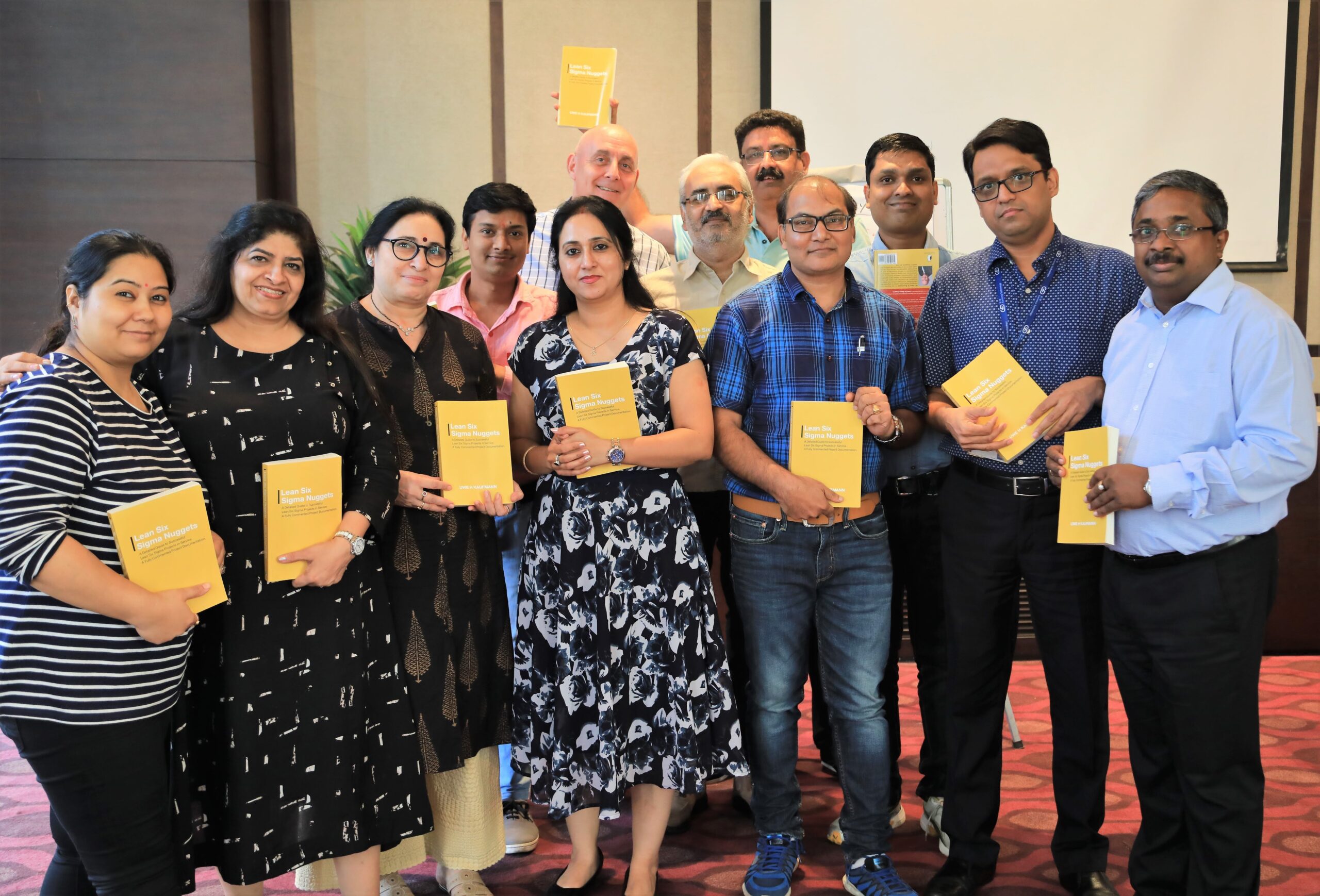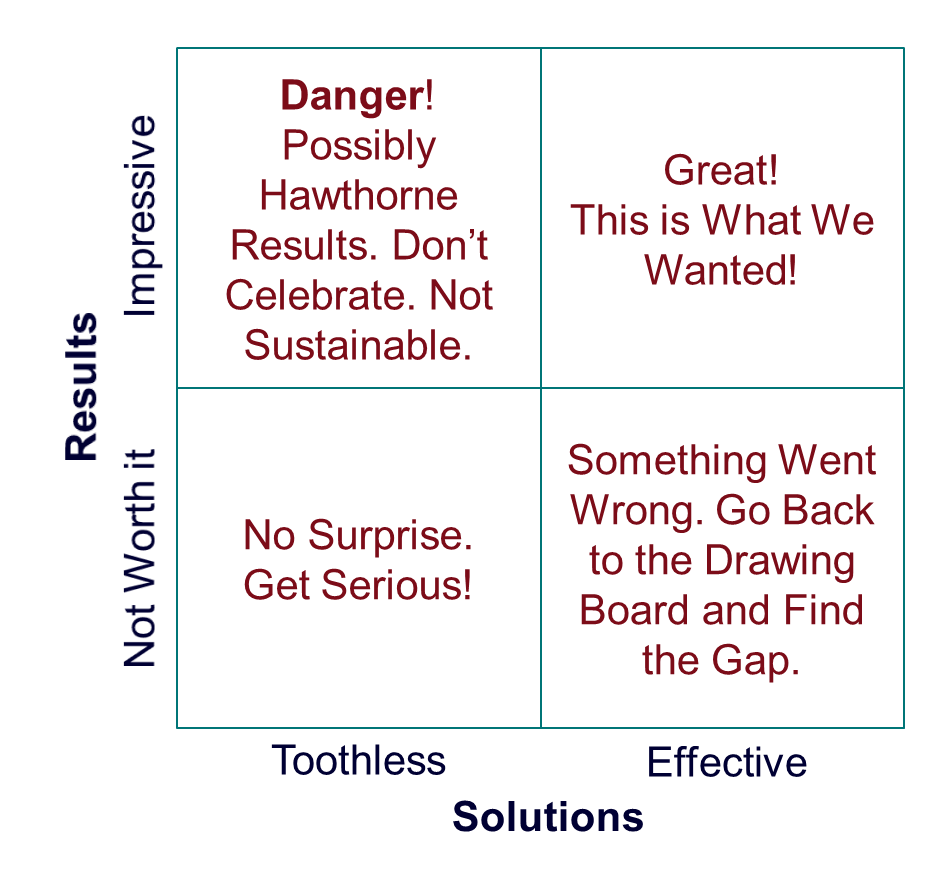
- +65 61000 263
- Contact@COE-Partners.com
- Newsletter
The Lean Six Sigma Methodology consists of five phases: Define, Measure, Analyse, Improve and Control. Whereas Lean Six Sigma consists of tools of both approaches, Lean and Six Sigma, the project management approach follows the Six Sigma phases – the DMAIC cycle.
Hence, this project phase of the Lean Six Sigma methodology helps to “organise success”. Read more…
The principal task of MEASURE during the Lean Six Sigma methodology is the data collection. Read more…

This project phase of the Lean Six Sigma methodology determines the vital few root causes that drive the problem. This information is critical for finding effective solutions. The following tasks in “Analyse” introduce process and data analysis methods. Data analysis is done in two steps, the graphical analysis and the statistical analysis.
The key task of the ANALYSE phase during the Lean Six Sigma methodology is the identification of root causes for the problem. Read more…

The IMPROVE phase includes the generation of solutions for the vital few root causes, their test and implementation. For these solutions, the effectiveness will be shown to ensure that process changes and sometimes necessary investments yield the intended results.
Hence, the aim of this step is to generate ideas for solutions and to plan successful implementation. Read more…

Hence, this project phase of the Lean Six Sigma methodology ensures sustainability of the results.

In conclusion, the Lean Six Sigma Methodology is one of the success factors of this approach and needs to be followed tightly if one expects outcome of a Lean Six Sigma project.
We offer multiple training solutions as public an in-house courses. Please, check out our upcoming events.




Copyright © 2025 by COE Pte Ltd. All Rights Reserved.